12 Ways to Create a Pollinator-Friendly Garden in Autumn
As autumn settles in, it is a great opportunity to support the environment by creating a garden that welcomes pollinators. The colder months can be tough for bees and butterflies, so planting the right flowers is key. Incorporating a variety of plants that bloom late into the season helps these vital creatures. By making thoughtful choices, you can create a garden that is both beautiful and beneficial.
This post may contain affiliate links, which helps keep this content free. Please read our disclosure for more info.
Attract Pollinators with Native Flowers in Autumn
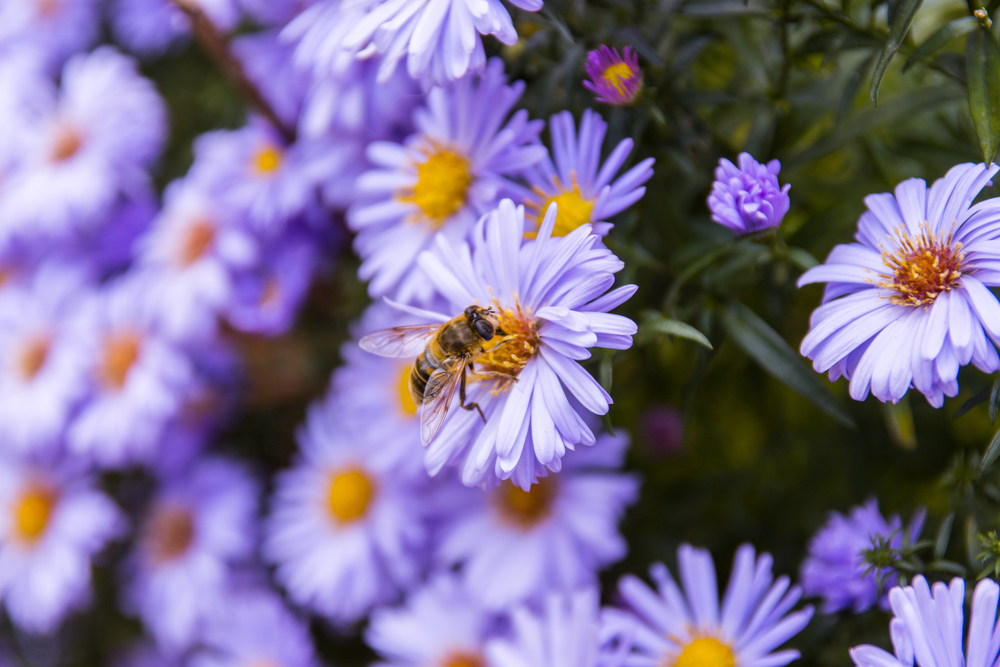
Native flowers are perfect for attracting local pollinators like bees and butterflies. These plants are adapted to the local climate and provide the food that pollinators need. Some great options for autumn are goldenrod, asters, and coneflowers. You can plant them in clusters to create a more inviting space for pollinators. All you need is well-drained soil and plenty of sunlight to get started.
Native flowers also help sustain pollinator populations throughout the fall season. They offer pollen and nectar when other plants are starting to fade. By choosing plants native to your area, you are ensuring that the pollinators can thrive without extra care. These flowers are resilient and easy to maintain, making them an ideal choice for gardeners of all levels. It is a simple yet effective way to support local ecosystems.
Adding Water Sources to Your Pollinator Garden
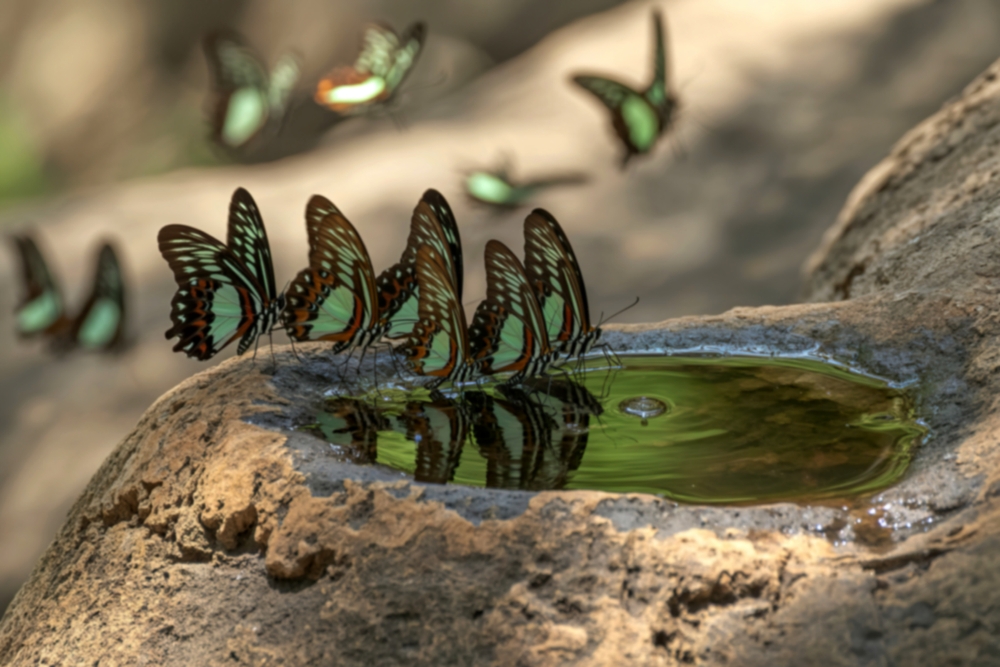
Water is essential for pollinators, especially in the cooler months. A shallow birdbath or small water feature can provide much-needed hydration. Be sure to place stones or pebbles inside the water to give pollinators a place to land safely. Refresh the water regularly to keep it clean and free of debris. This small addition can make a big difference in supporting pollinators through the autumn season.
In addition to birdbaths, consider setting up a shallow dish with a sponge soaked in water. This will prevent the water from becoming too deep and ensure that smaller pollinators like bees can access it. Keep the water in a sunny location so it does not freeze quickly during chilly autumn mornings. A water source is an essential and easy-to-implement feature for a pollinator-friendly garden. It ensures pollinators have a reliable place to drink as the temperature drops.
Pollinator-Friendly Shrubs for Autumn Gardens
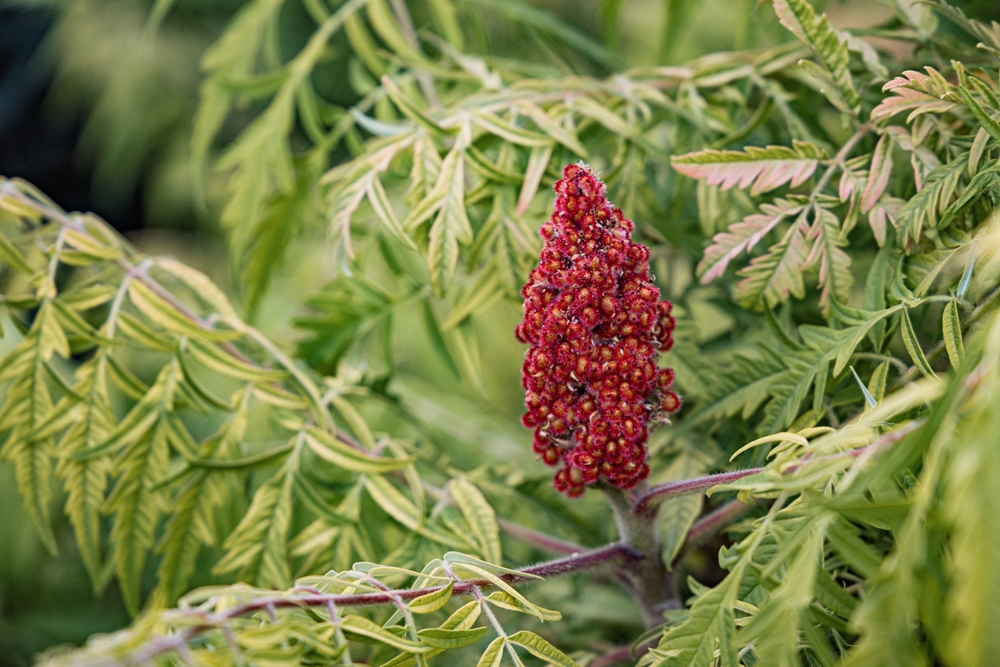
Pollinator-friendly shrubs offer shelter and food for bees, butterflies, and other insects. Planting species like sumac, elderberry, or viburnum can provide pollinators with a place to rest and hide. These shrubs can also produce berries or flowers that attract a variety of insects. Make sure to choose shrubs that bloom or produce fruits in the fall to extend the food supply. Plant them in areas where they get plenty of sunlight and protection from strong winds.
Shrubs like these help create layers of habitat in your garden, which is great for providing different environments for pollinators. They also help improve the overall biodiversity in your garden. The berries and fruits they produce are a source of food for pollinators and birds. Additionally, the dense foliage offers shelter from the elements, which is important during colder months. They are low-maintenance and highly beneficial to the local ecosystem.
Avoiding Pesticides in Your Pollinator Garden
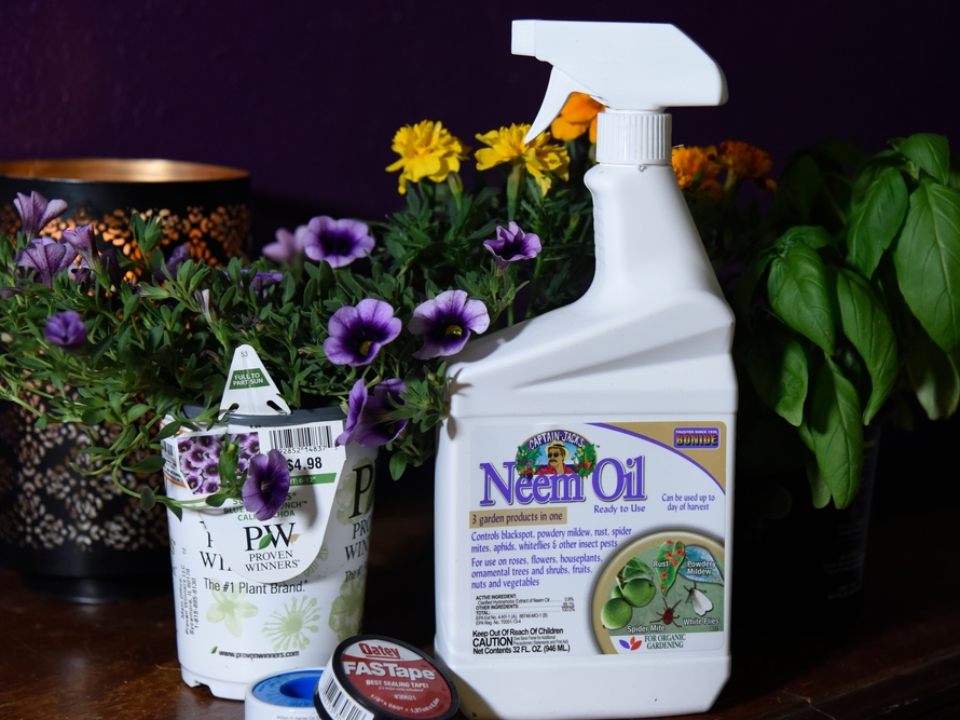
Pesticides can be harmful to pollinators, so it is important to avoid using them in your garden. Instead, try natural alternatives like neem oil or insecticidal soap for pest control. You can also attract natural predators, such as ladybugs or spiders, to help manage pests. If you must use chemicals, do so in the evening when pollinators are not active. This will minimize the risk of harming beneficial insects.
By avoiding pesticides, you help create a safer environment for pollinators to thrive. The use of natural pest management methods encourages the health of the entire ecosystem. Pollinators are essential for many plants to reproduce, so protecting them is key. Consider planting a variety of plants that naturally repel pests, such as marigolds or lavender. This helps keep your garden healthy and supports the local pollinator population.
Providing Shelter and Nesting Sites for Pollinators
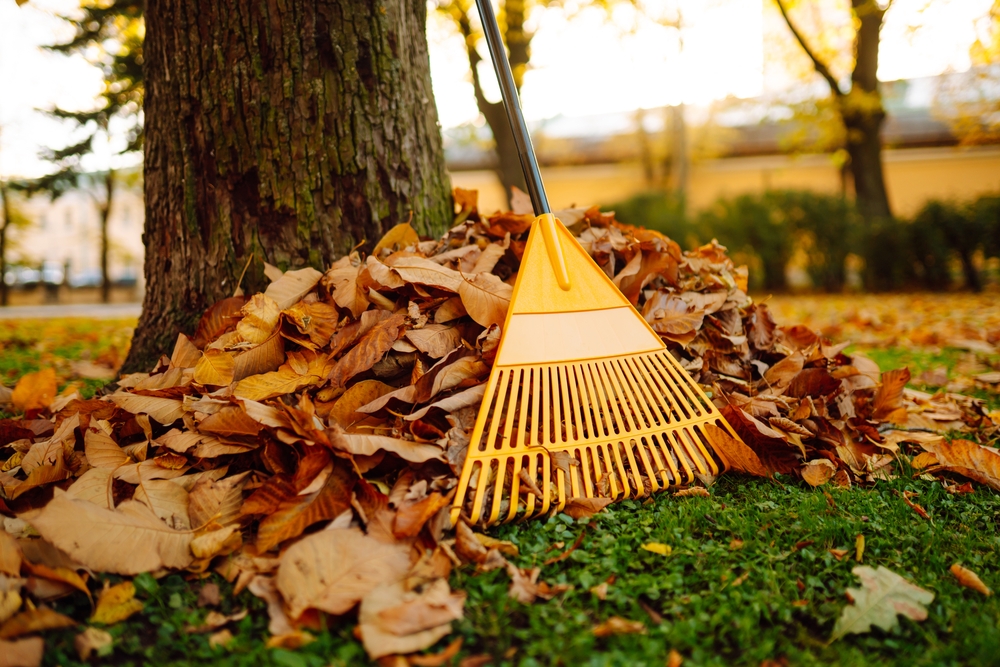
Pollinators need safe places to rest, sleep, and nest, especially as the weather cools down. Adding small piles of leaves, twigs, and brush can provide shelter for bees and other insects. You can also create bee hotels by drilling holes into wooden logs or bundles of bamboo to give solitary bees a place to nest. Place these shelters in areas that are sheltered from the wind and receive some sunlight.
Another option is to leave certain plants, such as hollow-stemmed flowers, standing through the winter. These can provide nesting sites for pollinators during the colder months. Do not clean up your garden too thoroughly, as decaying leaves and plant material can offer vital resources. A variety of shelter options helps support a healthy pollinator population year-round. These simple additions can have a big impact on the health of your garden’s ecosystem.
Choosing Plants with Different Bloom Times for Pollinators
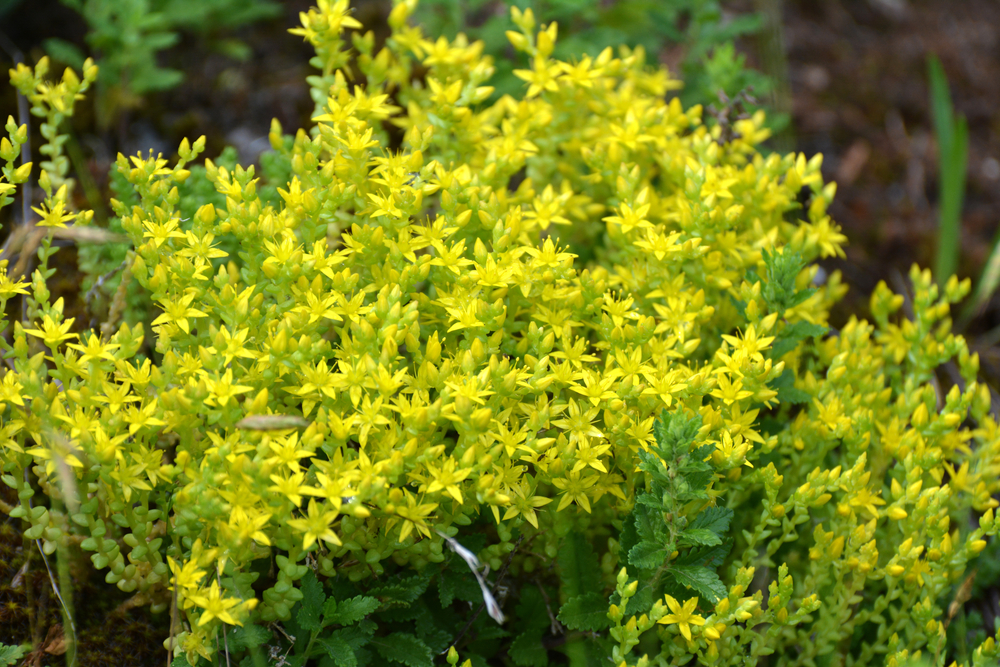
Having a garden that offers flowers throughout the fall season is important for pollinators. Choose plants with varying bloom times, such as chrysanthemums, sedums, and asters. This way, your garden will have food sources available for pollinators even as the temperatures cool. Plant early-blooming flowers alongside late-blooming ones to create a consistent flow of nectar and pollen. You can also add plants like helenium or toad lilies for a variety of late-season blooms.
By offering a range of blooms, you help pollinators stay nourished longer. The diversity of plants also encourages a variety of pollinator species, each with different feeding habits. This creates a more resilient and balanced ecosystem in your garden. You can arrange plants to ensure there is something blooming at all times, keeping pollinators busy. This strategy is key to creating a garden that truly supports local wildlife.
Using Ground Covers to Benefit Pollinators in Autumn Gardens
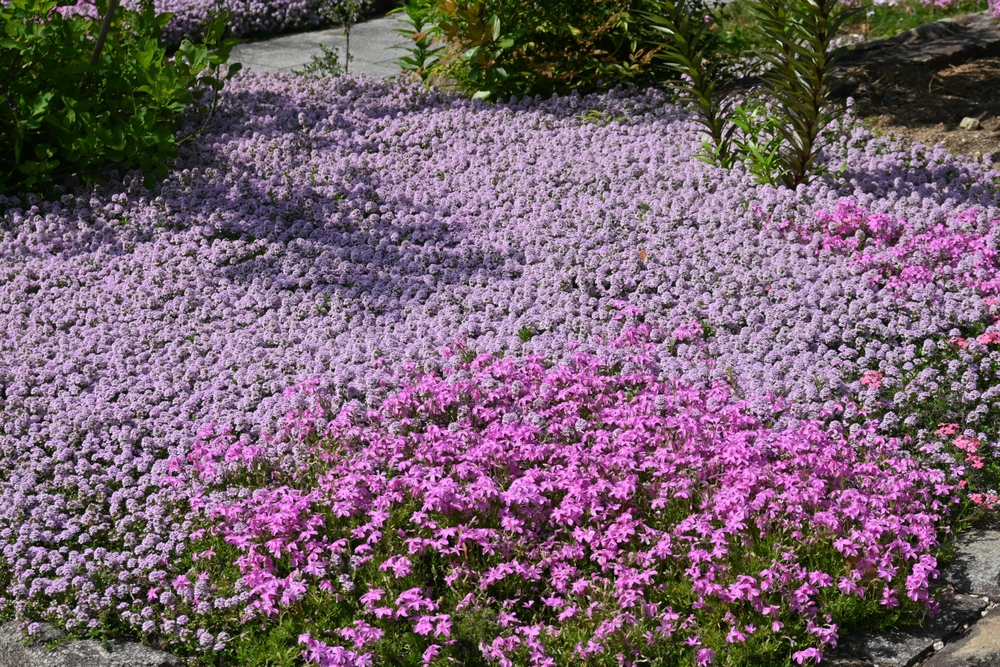
Ground covers like clover or creeping thyme are great additions to a pollinator-friendly garden. These plants provide both food and shelter for pollinators. Ground covers attract insects like bees and butterflies, especially when they are in bloom. They also help with soil retention, preventing erosion while improving soil health. You can plant them in garden beds, along pathways, or as a natural lawn alternative.
Ground covers often require little maintenance, making them an excellent option for busy gardeners. They thrive in various soil types and are resilient to different weather conditions. Many of these plants are rich in nectar, which is beneficial to pollinators. They also attract beneficial insects like ladybugs and predatory wasps. This addition to your garden offers an easy and effective way to support pollinators.
Creating a Diverse Planting Scheme for Pollinators
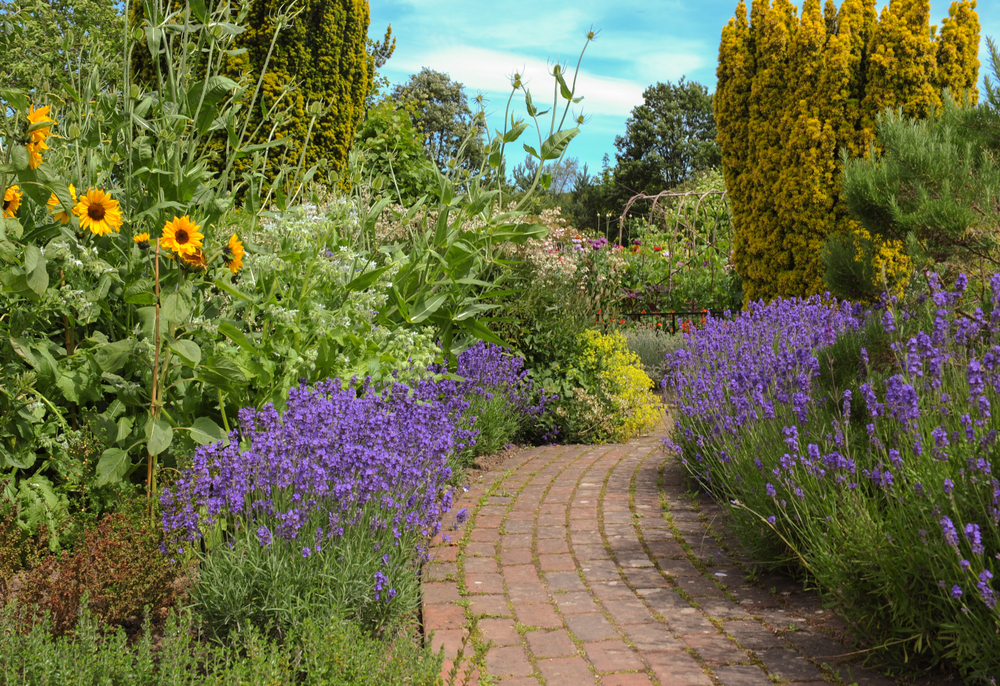
A garden with a mix of flowers, herbs, and shrubs will provide a wide range of food for pollinators. Consider planting a variety of plants such as lavender, sunflowers, and marigolds. These plants will appeal to different pollinators at different times of the day. Additionally, a mix of plants with varied shapes and colors will attract a broader range of insects. When choosing plants, make sure they are well-suited to your garden’s climate and soil type.
Diversity in your garden helps create a more sustainable environment. Pollinators like bees are attracted to specific types of flowers, while butterflies may prefer others. By providing a variety of plant types, you increase the chances of supporting a range of pollinator species. You can also introduce a mix of annuals and perennials to keep the garden lively throughout the season. A diverse planting scheme is essential for maintaining a healthy, thriving pollinator population.
Flowering Trees for Pollinators in the Fall Garden
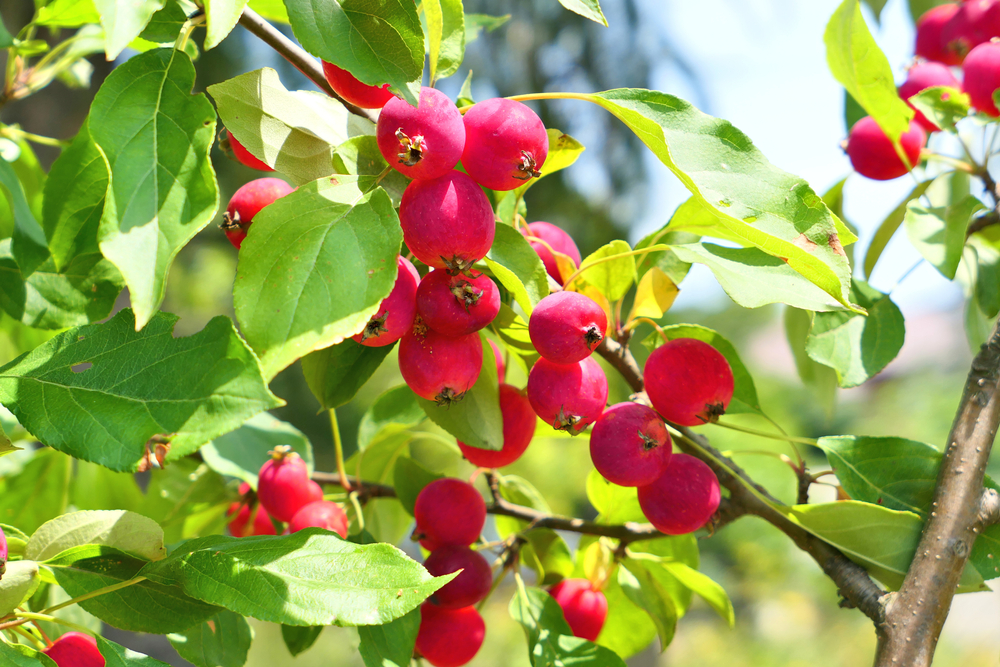
Flowering trees, such as crabapple and cherry trees, are wonderful additions to a pollinator-friendly garden. They provide abundant nectar and pollen early in the spring, but some also bloom in the fall. These trees offer food sources for pollinators that need sustenance during the cooler months. Place them in areas where they get plenty of sunlight and ensure that the soil is well-drained. Flowering trees can become a central feature in your pollinator garden.
In addition to providing nectar, flowering trees help support the larger ecosystem. They offer shelter and nesting opportunities for birds and other wildlife. The blossoms attract bees and butterflies, and the fallen fruit can serve as food for other insects. Flowering trees are a long-term investment in your garden, as they continue to support pollinators year after year. Their beauty and function make them a must-have in any pollinator-friendly garden.
Avoiding Lawn Monocultures to Help Pollinators
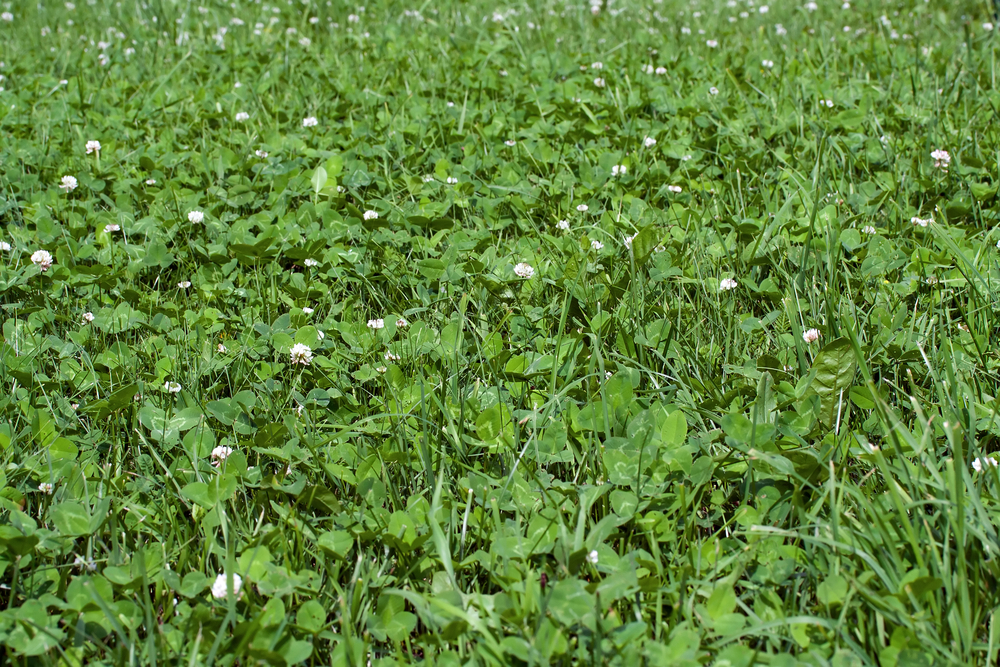
Lawns with a single type of grass are not ideal for pollinators. They lack the diversity needed to support a variety of insects. Consider replacing part of your lawn with a mix of wildflowers, clover, or grasses that provide food and shelter for pollinators. These plants will attract bees, butterflies, and other beneficial insects, creating a more vibrant ecosystem. A varied landscape also promotes healthier soil and better drainage.
Transitioning away from monoculture lawns helps increase biodiversity in your garden. Native wildflowers like black-eyed Susans or lavender provide late-season food for pollinators. The change will also reduce the need for chemicals, which can harm beneficial insects. Additionally, by creating a more diverse space, your garden becomes a more resilient and sustainable environment. This is a simple but impactful way to help pollinators.
Pollinator-Friendly Herb Gardens for Autumn
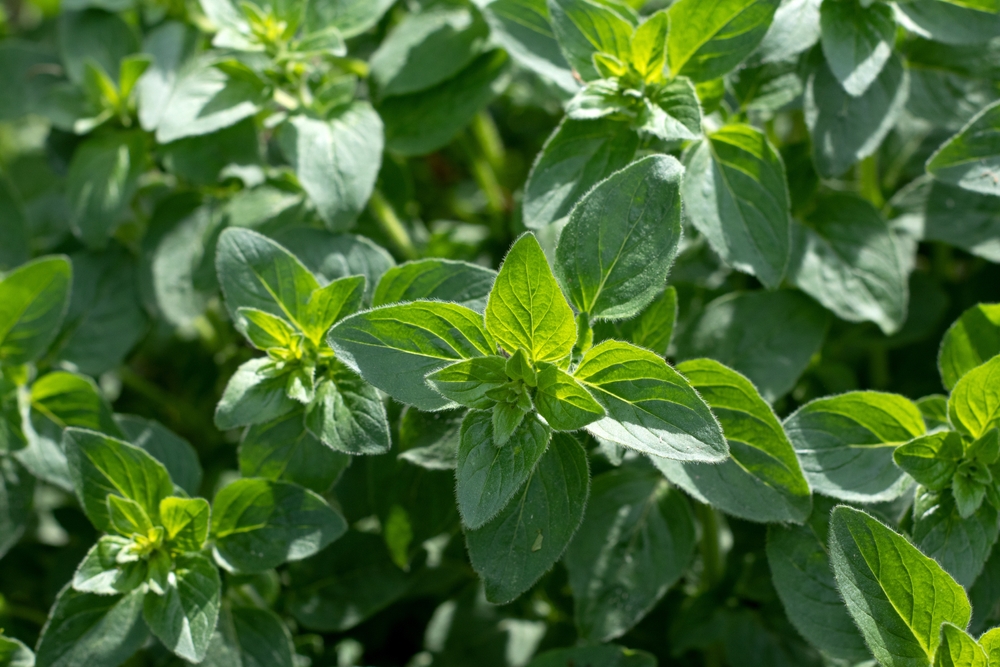
Herbs like thyme, basil, and mint are not only useful in the kitchen but also attract pollinators. Many herbs have small flowers rich in nectar, perfect for bees and butterflies. You can plant an herb garden near your flower beds or along pathways to create a welcoming space for pollinators. Herbs grow well in containers or in the ground, making them versatile for different garden layouts. Having herbs in your garden also reduces the need for pesticides, as they naturally repel pests.
Pollinators are especially attracted to the tiny flowers found on plants like oregano and dill. By growing these herbs, you are providing both food for pollinators and a pleasant aroma in your garden. The leaves can also be used in cooking, creating a garden that is both functional and pollinator-friendly. Herb gardens require minimal maintenance and thrive in a variety of climates. This addition is a practical and attractive way to support pollinators.
Wildflower Meadows for Pollinators in Your Garden
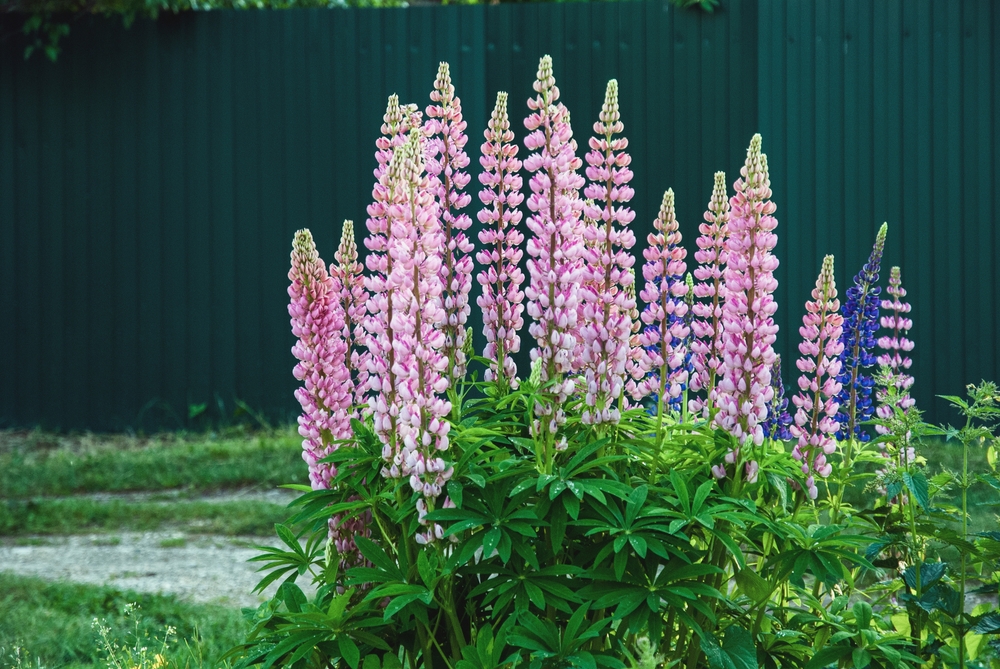
A wildflower meadow is a great way to provide a diverse habitat for pollinators. Wildflowers bloom at different times of the year, offering a continuous source of food throughout the autumn. You can create a meadow by sowing seeds from native wildflowers like black-eyed Susans, goldenrod, and lupine. Choose a sunny spot with well-draining soil for the best results. Over time, a wildflower meadow will become a low-maintenance, thriving ecosystem.
Wildflower meadows also attract a wide variety of insects, including bees, butterflies, and moths. They support not only pollinators but also birds and other wildlife. The colors and variety of flowers create a beautiful, natural landscape in your garden. As the flowers mature, they provide seeds for birds and other creatures, further contributing to the local food web. A wildflower meadow can turn your garden into a bustling, diverse environment full of life.
A pollinator-friendly garden in autumn is a great way to give back to nature. With a few simple steps, such as planting native flowers and offering water sources, you can help sustain pollinators through the colder months. These changes will improve the health of your garden and encourage biodiversity. Take action now and enjoy the beauty of a vibrant, pollinator-filled garden.
This article originally appeared on Avocadu.
